

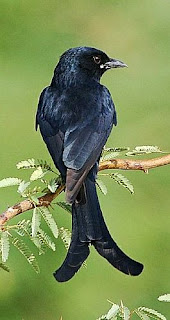





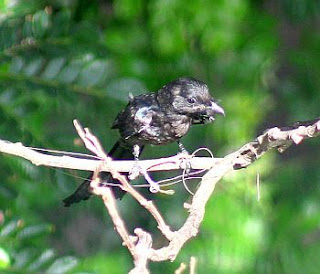 Young Drongo experiencing the world!
Young Drongo experiencing the world!
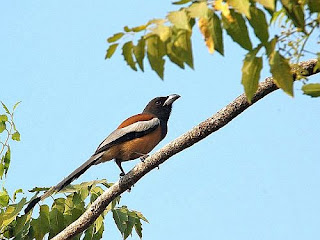
It lives on fruits, invertebrates, small reptiles and the eggs and young of birds; it has also been known to take carrion. It is extremely agile while searching for food, clinging and clambering through branches and will sometimes travel in small mixed hunting parties with unrelated species such as drongos and babblers.

The Indian Treepie has a variety of calls, some loud, harsh and guttural and others pleasing and melodious. One of its commonest calls is kokila and a bob-o-link!
 He later undertook a systematic bird study of various Indian princely States, and with Richard Meinertzhagen, made an expedition into Afghanistan. Salim Ali was accompanied and supported on early ornithological surveys by his wife, who sadly died in 1939.
He later undertook a systematic bird study of various Indian princely States, and with Richard Meinertzhagen, made an expedition into Afghanistan. Salim Ali was accompanied and supported on early ornithological surveys by his wife, who sadly died in 1939.

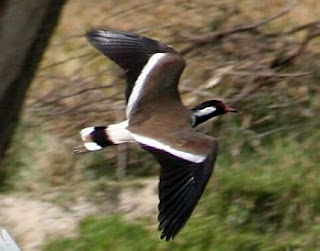






Males possess metatarsal spurs or "thorns" used primarily during fights. Suitable males may gather harems of several females, each of which will lay three to five eggs. Wild peafowl often roost in forest trees and gather in groups called parties. The female (peahen) Indian Peafowl has a mixture of dull green, brown, and grey in her plumage. Although she lacks the long upper tail coverts of the male, she does have a crest. Females can also display their plumage to ward off danger to their young or other female competition. The average lifespan of these birds in the wild is 20 years. The male size: Body, 35 to 50 in (90 to 130 cm); Tail, 5 ft (1.5 m) and Weight: 8.75 to 13 lbs (4 to 6 kg).


Baya Weavers eat mainly grass seeds and have large conical beaks to deal with their food. This bird forages in flocks, in grass as well as on the ground and flock flies in close formation, often performing complicated manouvres.




 The dogs run, play, make a lot of noise and commotion and go along happily splashing around in the water of the pond and marshy ground.
The dogs run, play, make a lot of noise and commotion and go along happily splashing around in the water of the pond and marshy ground.
 It didn't take me long to notice that as soon as we appear in the morning, birds immediately congregate in the sky above waiting for the rich rewards of dragonfly breakfast - as swarms of insects are disturbed from their hiding place by my dogs' noisy play!
It didn't take me long to notice that as soon as we appear in the morning, birds immediately congregate in the sky above waiting for the rich rewards of dragonfly breakfast - as swarms of insects are disturbed from their hiding place by my dogs' noisy play! 
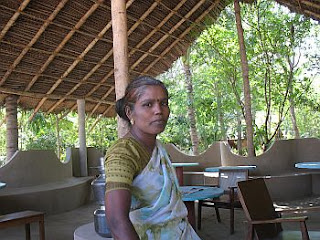
In the above photograph Rani poses in the outdoor tea shop she recently opened on her land. Below is one of her prized turkeys - a creature I have never previously seen here at Tiruvannamalai.